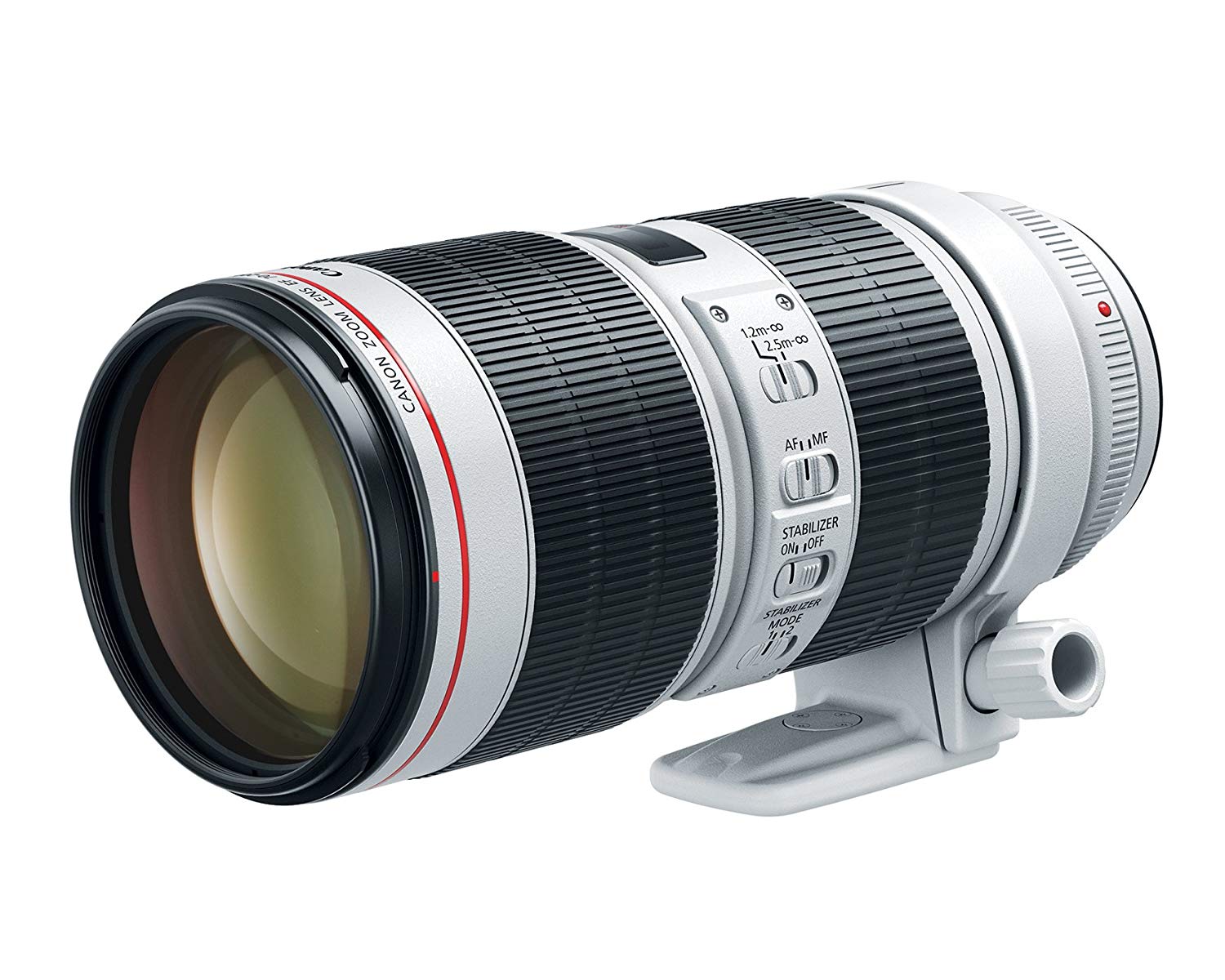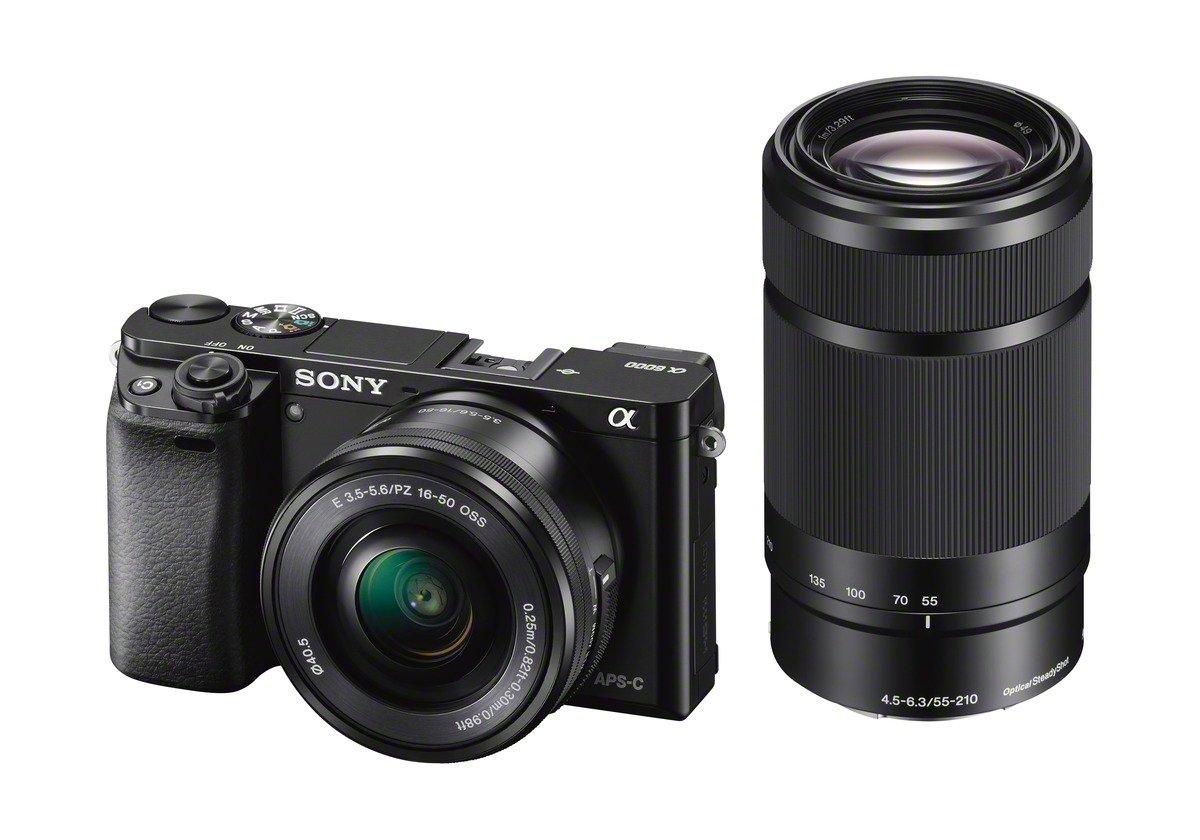Should you have entered the universe of photography, in any event, for a unimportant 2-3 hours, you will realize that there are two goliath camera makers that control this world. The vast majority of the picture takers are either Nikon sweethearts or Canon darlings. These two organizations have been in the fight to lead the market for a considerable length of time! A few years prior, Canon used to lead the piece of the pie by a reasonable edge. Be that as it may, Nikon can close the hole by propelling a few top of the line cameras like D3000, D700 and D90.
When Nikon D7000 Camera was propelled, numerous stores were immediately exhausted its stocks and potential purchasers need to sit tight for quite a long time. Presently, around a half year later, there is one inquiry stay unanswered. Will or won't Nikon ready to oust Canon utilizing the prominence of D7000? So as to respond to that question, we should investigate this advanced camera for a few elements like picture quality, dealing with, speed, and cost.
Picture Quality
The photographs created by Nikon D7000 Camera are without a doubt in top of the line quality. D7000 accompanies 16.1 MP CMOS sensor, the spic and span EXPEED 2 picture handling and improved auto-metering which do truly assist it with producing sharp outcome. One thing to be noted however, under the open-air condition, you might need to alter the setting so as to anticipate exaggerated outcomes.
Dealing with
Nikon D7000 Camera is moderately little and you can undoubtedly convey it without any help. It likewise weighs not exactly other dSLR cameras, which is uplifting news for some individuals. The most significant advantage of having a lighter camera will be the security. Most expert cameras are very massive and cause exhaustion twilight of use. All things considered, it's not uncommon that you found your hands are very unsteady and produce foggy pictures. In any case, this will happen less every now and again with a lighter camera.
Speed
There are times when you need to take numerous, consistent shoots to catch the minutes you treasure the most. Nikon D7000 accompanies capacity to shoot up to 6fps (outline every second) in consistent mode.
Cost
All things considered, we as a whole realize that value is extremely emotional issue. A few people will think Nikon D7000 cost is irrationally high and some will think the inverse. Be that as it may, only for a short direction, you ought to genuinely consider this camera in the event that you are at any rate a semi-proficient picture taker. You could consider the cash spent in getting this camera as a speculation that will give on various occasions return. In any case, on the off chance that you are an amateur in this field, it's smarter to go through less cash for camera like Nikon D3100.
Things being what they are, thinking about every single above element, will Nikon have the option to oust Canon by piggybacking the achievement of Nikon D7000? All things considered, as I would see it, it might occur however not presently. Nikon has made noteworthy improvement to its dSLR line with two extraordinary items, the Nikon D3100 and Nikon D7000 camera. Ought to Nikon keep on doing as such, almost certainly, it will gradually get greater piece of the overall industry than Canon.
Because of the constraint in space, there are just 3 highlights that I talk about in the above article. In the event that you are keen on discovering more surveys about the particular and execution of this camera, you can visit Nikon D7000 Camera [http://www.nikond7000forsale.com/nikon-d7000-camera.shtml] audit site.
On the other hand, you can visit this Nikon D7000 For Sale [http://www.nikond7000forsale.com] site and discover more data about where to purchase Nikon D7000 at the most reduced cost.














